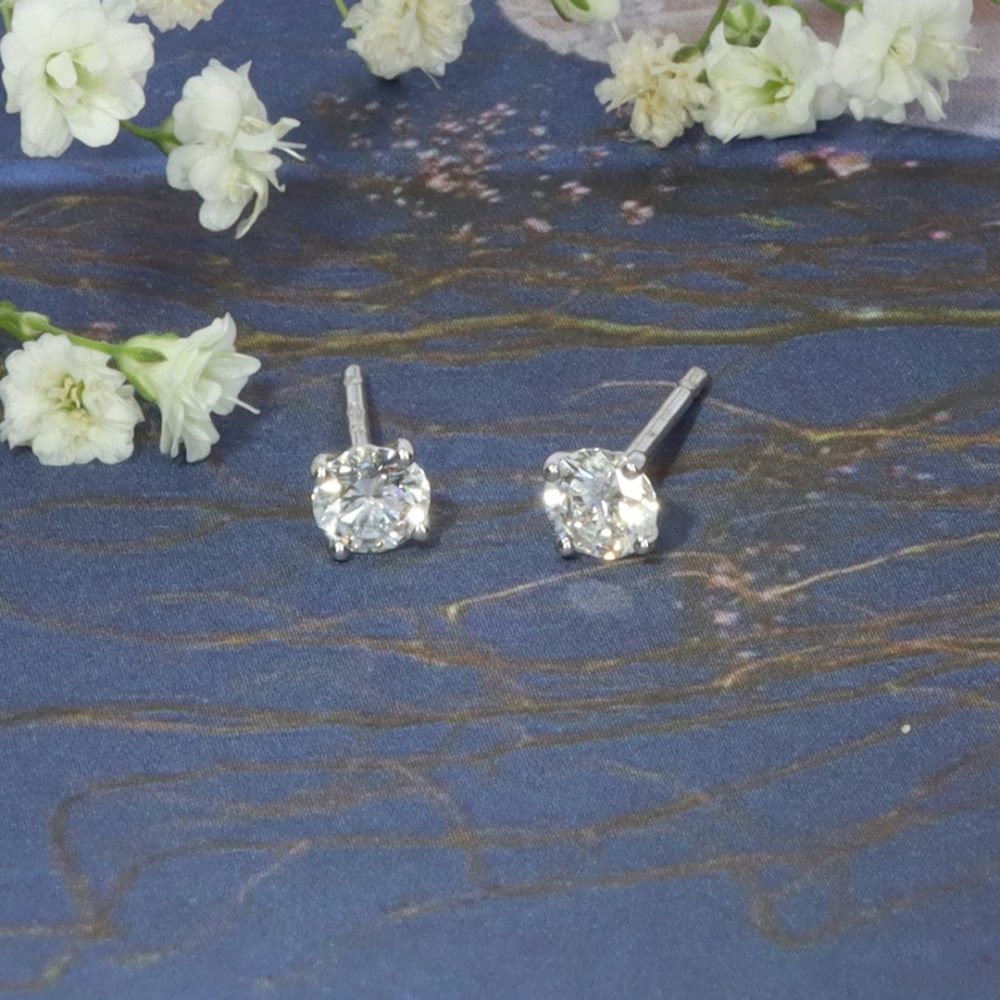Everyone is talking about laboratory-grown diamonds – let’s delve a bit deeper…
Everyone is talking about laboratory-grown diamonds – let’s delve a bit deeper…
Laboratory-grown diamonds are increasingly popular today as they offer a much less expensive option for size and quality to diamonds. They are essentially the same chemically and have very similar physical properties to diamonds but, having been made in a laboratory, in a controlled environment they are not rare incidents of nature and therefore are much less expensive. Diamonds are mostly over 3 billion years old, and they are highly sought after, whereas laboratory-grown diamonds have been made only within the last few decades and are literally made in the millions and are therefore not rare.

How are they grown?
There are two ways to make laboratory-grown diamonds: high pressure, high temperature (HPHT), which is a similar way in which the earth produces diamonds; or chemical vapour disposition (CVD) where carbon-rich gas in a vacuum, at relatively low pressure, deposits layers of carbon onto a seed diamond, the size depends on how long it is allowed to grow for. Both techniques involve using synthetic diamond seeds.
Electricity is required in great quantities to grow these laboratory-grown diamonds, as well as complex machinery which can make them seem non-eco-friendly. However, some companies are running in a carbon neutral way, carbon capturing and using renewable energy sources so making their production eco-friendlier. Of course, factories and processing plants of these synthetic diamonds may or may not be run ethically, whereas mining companies are run to high standards and adhere to strict protocols, including the Kimberley Process and the formal Bill of Warranty so ensuring that diamonds are not financing conflict. Laboratory-grown diamonds are relatively new, and this area is growing hugely and will no doubt have issues of its own to contend with as time passes.

What affects their value?
Laboratory-grown diamonds need cutting and polishing in the same way as diamonds. The value of one of these synthetic diamonds is based on the same criteria as natural diamonds: cut, clarity, colour, and carat weight (the 4C’s). The quality of the cutting and polishing is also critical to the finished stone. Similarly, higher quality laboratory-grown diamonds have reports specifying their grade and this gives consumers added reassurance and peace of mind when purchasing.
How can laboratory-grown-Diamonds be differentiated from Diamonds?
There are sophisticated instruments and tests available to distinguish between the laboratory-grown diamonds and diamonds as the two can have different structures, inclusions, fluorescent and phosphorescent presentations, and responses to light which will guide an expert to correctly identify them. This is important given the huge difference in value. Some laboratory-grown diamonds have laser references stating that they are laboratory-grown or other signature to highlight this fact.
Are they ethical?
As long as laboratory-grown diamonds are traded transparently, with the requisite invoices, reports and that you why they are so much cheaper, then there are no disadvantages to owning one. There is one other thing to consider perhaps when purchasing a laboratory-grown diamond and that it will not appreciate in value over time. I am not talking about their resale value, which will be low anyway, but the replacement value if you lost or damaged one. This is because they are being produced in ever increasing volumes. However, they do offer a super alternative to diamonds and are just as beautiful, long lasting and will have personal meaning which is of course paramount.
At Heidi Kjeldsen Ltd we have a comprehensive selection of laboratory-grown diamonds for you view. Why not book an appointment to come in and view them?

